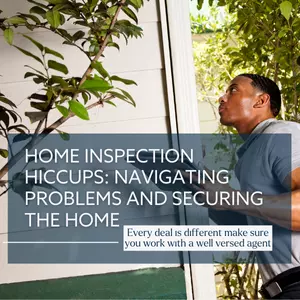

How To Appeal Your Philadelphia Property Taxes
4 MINUTE READ If you’ve received your Philadelphia property tax assessment and don’t agree with it, you may have recourse. The city has a step by step appeals process that you can follow to get your property tax assessment reconsidered. It can be a bit confusing but we’ve tried to distill it into so
Read More

Moving? Here's Your Checklist
Congratulations! You’ve found your next home & signed a lease. You take a deep breath of relief knowing that the apartment hunt is FINALLY over. Soon enough, your relaxation is stolen from you as you realize the inevitable…now you have to move. A majority of Americans have described moving as the si
Read More

A Guide To Getting Your Security Deposit Back
Moving out is the WORST. There are absolutely no doubts about that. Packing all your stuff up while you’re still trying to live in the home, hauling heavy furniture, patching up all the holes you swore you wouldn’t make in your walls… It's just no fun. There are few silver linings, though. One is fi
Read More
Categories
Recent Posts











